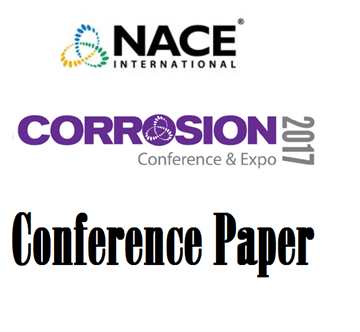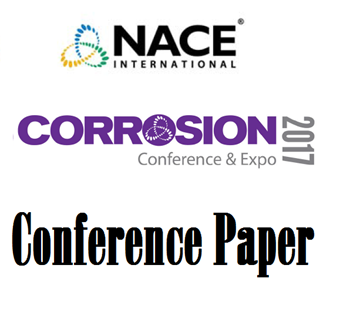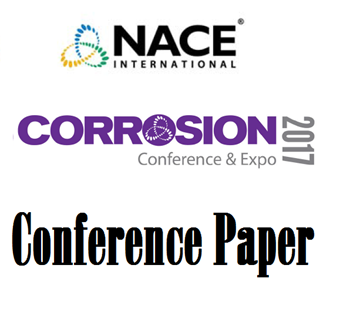Search
Products tagged with 'seawater'
View as
Sort by
Display
per page
Development of Copper Alloys for Seawater Service from Traditional Application to State-Of-The Art Engineering
Product Number:
51317--9382-SG
ISBN:
9382 2017 CP
Publication Date:
2017
$20.00
Distributed Sacrificial Cathodic Protection – A New Cost Effective Solution to Prevent Corrosion on Subsea Structures
Product Number:
51317--8941-SG
ISBN:
8941 2017 CP
Publication Date:
2017
$20.00
Effect of Microstructure on the Corrosion Resistance of Super Duplex Stainless Steels: Materials Performance Maps
Product Number:
51317--8923-SG
ISBN:
8923 2017 CP
Publication Date:
2017
$20.00
Efficiency of Cathodic Protection of Stainless Steel in Confined Area - Further Understanding of the Protection Mechanism through Experimental Testing and Modeling
Product Number:
51324-20639-SG
Publication Date:
2024
$40.00
Evaluation Of The KIEC Of UNS N07718 With And Without Delta Phase In Simulated Seawater With Cathodic Protection Using Double Cantilever Beam Tests
Product Number:
51321-16652-SG
Publication Date:
2021
$20.00
Galvanic Current Density Measurements Of Anodes For Subsea Vibration Data Logger (SVDL) System
Product Number:
51321-16717-SG
Publication Date:
2021
$20.00
Impact Of Dissolved Oxygen Concentration In Seawater Injection Well On The Localized Corrosion Resistance Of Low Stainless Steel Grades
Product Number:
51323-19063-SG
Publication Date:
2023
$20.00
Investigation of the mechanisms and kinetic of cathodic disbondment in seawater and soils
Product Number:
51323-19258-SG
Publication Date:
2023
$20.00
Laboratory Study of Internal Corrosion and Cathodic Protection Concerns Related to Offshore Monopile Structures
Product Number:
51323-18894-SG
Publication Date:
2023
$20.00
Localized Corrosion Limit of Use of S13%Cr (UNS S41427) Connector in Converted Injection Treated Seawater Well
Product Number:
51324-20714-SG
Publication Date:
2024
$40.00
Localized Corrosion of High-Grade Stainless Steels in Chlorinated Seawater
Product Number:
51323-18911-SG
Publication Date:
2023
$20.00
NACE Publication 7L192-2009-SG, Cathodic Protection Design Considerations for Deep Water Projects
Product Number:
24165-SG
Publication Date:
2009
$109.00












